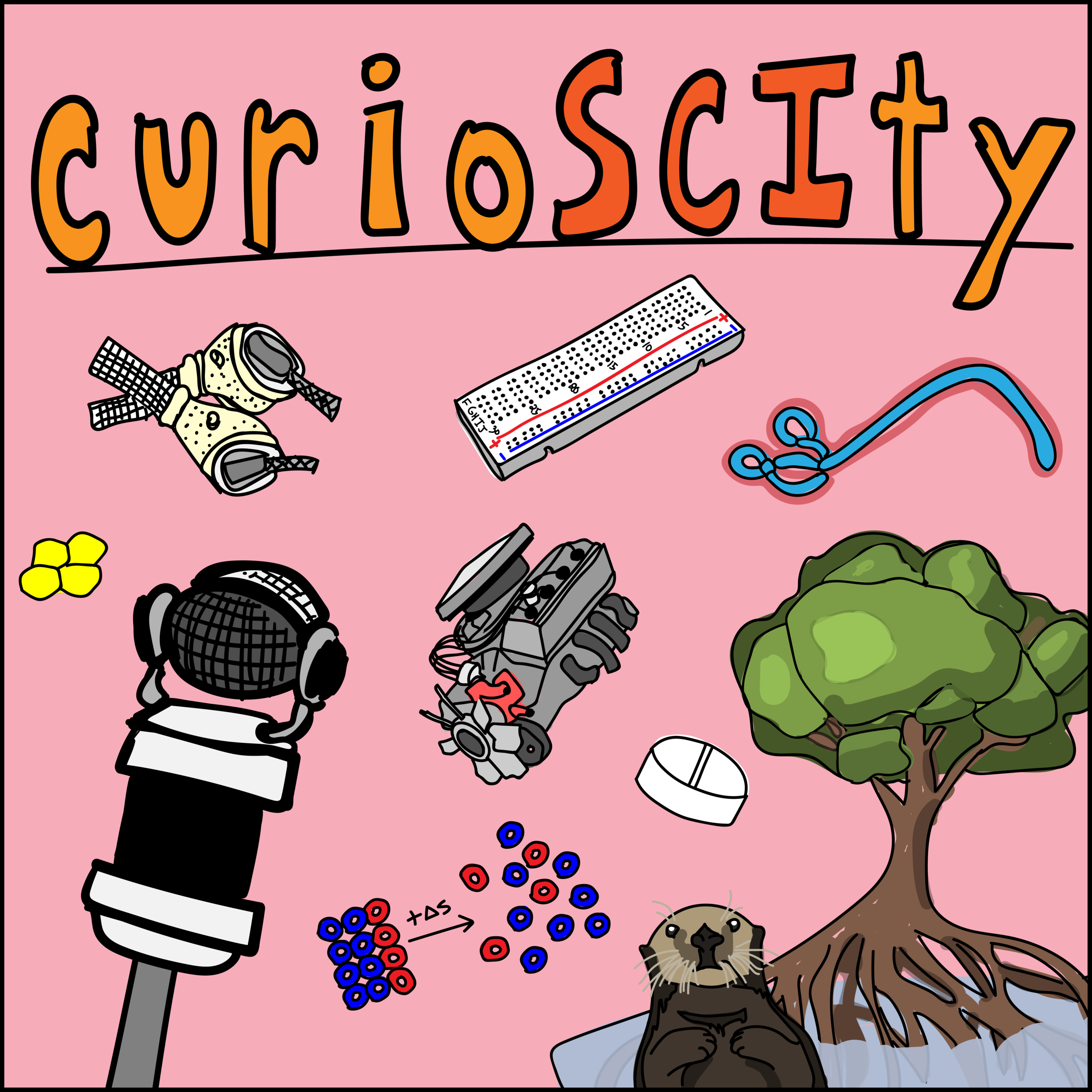109 - Acute Flaccid Myelitis (w/ Matthew Vogt!)
109. Acute Flaccid Myelitis
This podcast has previously discussed enteroviruses that are not poliovirus, but we haven’t had the chance to delve into clinical presentations of infection. What is acute flaccid myelitis? Why is it relevant for human health across the globe? Let’s learn to be scientifically conversational.
General Learning Concepts
1) Discussion Questions
a. Historically, why is poliovirus an important virus of study?
20,000 cases per year
Lifelong disability
Fear of going to the pool
If you study infectious disease medicine, is poliovirus an example you learn about in any significant way?
Absolutely
Second most successful vaccination campaign in history
b. What are symptoms of infection with poliovirus?
75% Nothing
20% Fever, HA, ST, myalgia = “flu-like”
4-5% aseptic meningitis
1% or less paralytic polio
c. What is poliomyelitis?
Greek: inflammation of the spinal cord, gray matter; autopsy finding, now an MRI finding
Same thing as AFM, but really due to poliovirus
Acute onset, flaccid limb paralysis; emphasize flaccid meaning weak
How common was it for someone who had been infected with poliovirus to exhibit symptoms of poliomyelitis?
1% or less
Why is there a discrepancy in the age of those who experience poliomyelitis?
A side effect of the mostly very positive effects of sanitation
People exposed later and later in life to the virus
Thought is that when exposed as an infant, you have maternal antibodies, and those protect against paralysis, but exposed later you are antibody naïve and unprotected
d. As an example: what is enterovirus D68?
Same genus, highly related
Structurally very similar
How is it similar or dissimilar to poliovirus?
By far the main difference is where it infects the body and where we detect it
Far and away this is a respiratory pathogen
Can cause outbreaks of wheezing, asthma-like disease
e. What does it mean for something to be a “polio-like” illness?
Acute onset of flaccid paralysis
In what ways is this statement accurate or inaccurate?
Highly accurate, it’s mostly semantics
This is where to differentiate DISEASE from INFECTION
In this way: what is acute flaccid myelitis?
Acute onset of flaccid limb weakness
Confirmed on MRI
Probable if WBCs in the CSF cerebrospinal fluid
What are clinical presentations of AFM?
Very commonly a preceding febrile illness, URI-like, but can be diarrhea or HFMD
Typically sick contacts
Usually improving at neurologic onset but still febrile
Meningeal irritation (HA, nausea/vomiting, pain in neck and back)
Can have some neuropathic pain
weak and reflexes diminish
Proximal
Upper > lower
Cranial nerve dysfunction in 1/3 (oculomotor, facial)
Bulbar (breathing, swallowing à drooling is a warning)
How do we know that AFM isn’t caused by poliovirus?
Test for it
Very easy to detect
That is unlike EV-D68, for example
Why is it important to note that certain enteroviruses have been found in the spinal fluid of some patients with AFM?
Rarely find enteroviruses directly, although it certainly has happened
One of the big breakthroughs came nearly 2 years ago, detecting antibodies in CSF
Two different groups, different but highly complementary approaches
Michael Wilson at UCSF and Ian Lipkin at Columbia
f. Why have AFM cases spiked in two-year increments?
Probably has to do with antibodies
Birth cohorts
Good modeling out there
Bryan Grenfell out of Princeton and Kevin Messacar out of Colorado in preprint
g. What are current therapeutic treatments for AFM?
Nothing specific, other than standard supportive care
PICU for supportive care is of crucial importance
Nerve transfer surgery is an evolving modality
We are working on antibody-based therapeutics
Some groups have made initial steps toward vaccination
But 200-ish cases in a year isn’t enough to warrant vaccination


